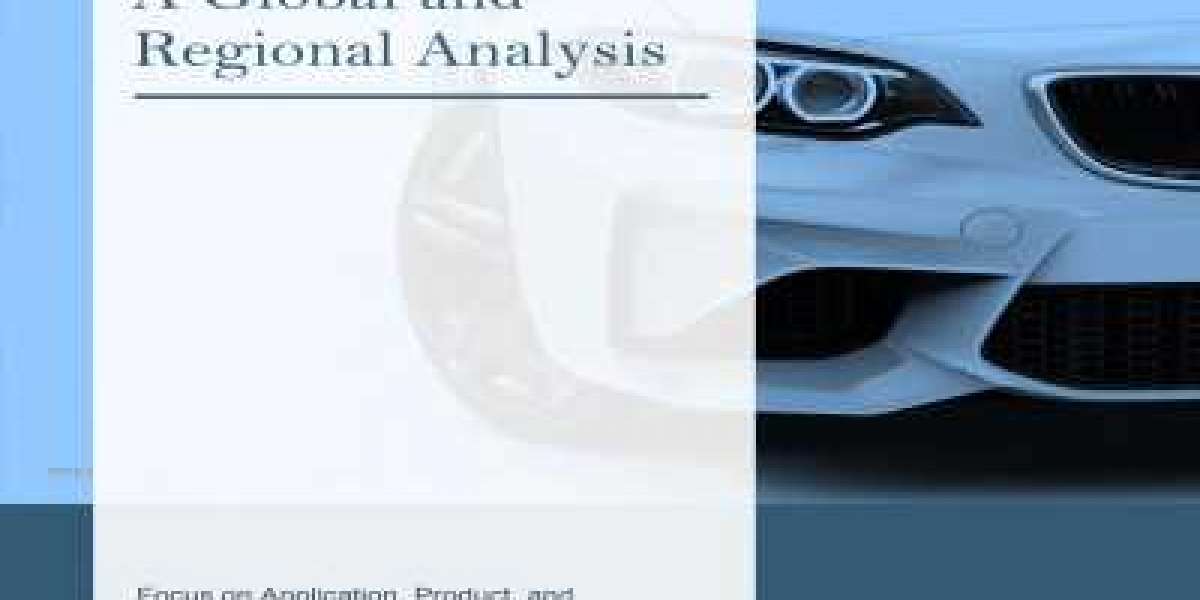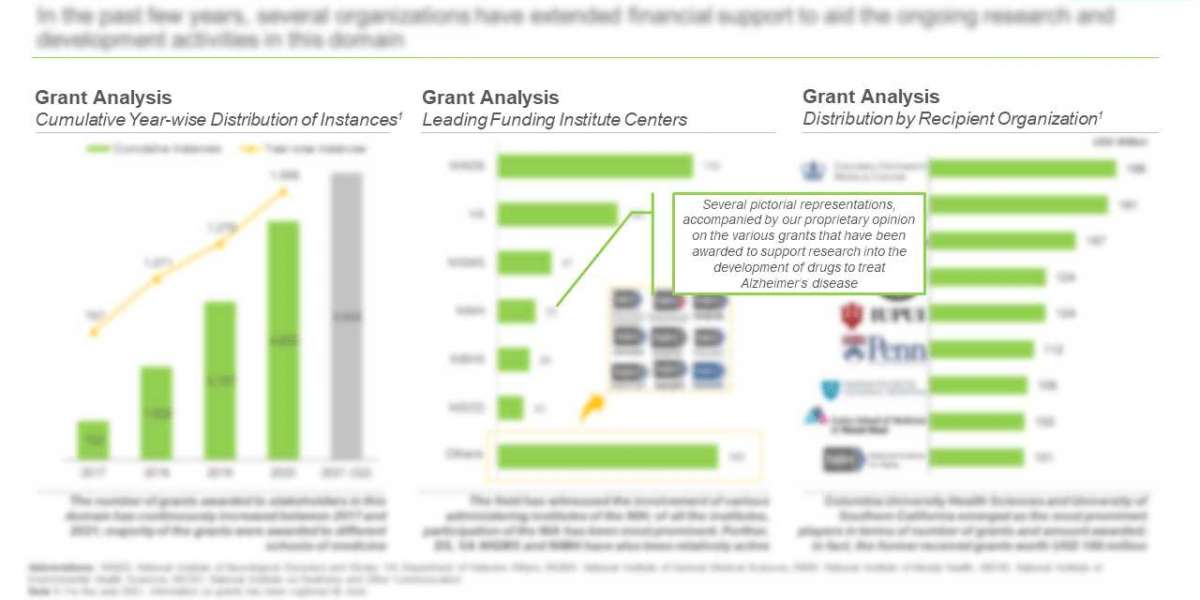The global automotive sensors market is expected to reach $12.79 billion by 2030, with a CAGR of 5.47% during the forecast period 2021-2030. Original equipment manufacturers (OEMs) are integrating numerous sensors in their vehicles to achieve performance demands being made by customers regarding increased productivity and minimization of vehicle downtime. Companies are developing solutions to deal with issues such as driver fatigue, which is being seen as a major factor in about 20% of road accidents happening today. Rising demand for automotive sensors in automobiles can be witnessed in the market, largely owing to the increase in government regulations for automobile safety and emission control. The regulations are increasing the demand for automotive sensors in applications such as body control system, power steering system, climate control, and anti-braking system (ABS). These features are being deployed by sensor manufacturers as a popular option in vehicles.
Market Segmentation
Global Automotive Sensors Market by Sensor Type
The global automotive sensors market has been segmented based on sensor type, including pressure sensor, gas sensor, position sensor, temperature sensor, speed sensor, level sensor, inertial sensor, proximity sensor, flow sensor, knock sensor, force sensor, torque sensor, humidity sensor, others. The temperature sensor segment is estimated to dominate the global automotive sensors market.
This is mainly due to one of the chief factors such as the stringent government norms regarding exhaust emission, which is increasing the deployment of exhaust gas temperature sensors to monitor the proper functioning of the exhaust system. Along with this, the demand for battery temperature sensors in electric vehicles, which are being used in the battery cell to measure the temperature and increasing its efficiency, and increased deployment of advanced monitoring systems in the vehicle is also rising.
Global Automotive Sensors Market by Technology
The global automotive sensors market has been segmented based on technology, including MEMS and non-MEMS. The MEMS segment is expected to be the front runner in the global automotive sensors market by technology. These sensors usually exceed the performance of their similar macroscales. The cost per device of MEMS sensors is much lower than their corresponding macro-device, as their fabrication process uses the same batch fabrication techniques used in semiconductor production. The lower cost of production and enhanced efficiency is increasing the demand for MEMS-based sensors.
Global Automotive Sensors Market by Vehicle Type
The global automotive sensors market has been segmented based on vehicle type, including Conventional Vehicles (Passenger Cars, Light Commercial Vehicles (LCVs), Heavy Duty Trucks, Heavy-Duty Buses) and Electric Vehicles (Passenger Cars and Light Commercial Vehicles). Conventional vehicles are the leading vehicle type in the global automotive sensors market. Conventional vehicles are automobiles using the internal combustion engine (ICE) for propelling the vehicle. The propulsion systems have been reliant on ICEs for more than a century and are going to be present in the market for decades.
Global Automotive Sensors Market by Application
The global automotive sensors market has been segmented based on application, including powertrain, chassis, body electronics, safety and control, and exhaust system. The powertrain segment is expected to dominate the market by application. The powertrain sensors market is driven by factors such as increasing demand for fuel efficiency and lower emissions in vehicles.
Governments are mandating laws and regulations to keep a check on environmental pollution in regions such as the U.S., Europe, and Asia, which is further forcing OEMs to embrace technological advancements. For instance, in the U.S., Environmental Protection Agency (EPA) with National Highway Traffic Safety Administration (NHTSA) has taken measures and developed programs to lower the greenhouse gas emissions such as the National Program for Greenhouse Gas Emissions and fuel economy standards. This program includes light duty cars and trucks and is expected to reduce 2 billion metric tons of greenhouse gas emissions and 4 billion barrels of oil over the model year 2017-2025.
Global Automotive Sensors Market by Region
The global automotive sensors market has been segmented based on region North America, Europe, U.K., China, Asia-Pacific and Japan, South America, and the Middle East and Africa. China is among the top leading countries in terms of vehicle production. The country is a hub of numerous vehicle manufacturers, which in turn contribute to the demand for automotive sensors in the region.
Key Market Players and Competition Synopsis
Key companies operating in the market include Continental AG, Robert Bosch GmbH, TE Connectivity, Sensata Technologies, Inc., Denso Corporation, BorgWarner, ZF Friedrichshafen AG, Infineon Technologies, STMicroelectronics, Hella GmbH, NXP Semiconductors, Analog Devices, Inc., Melexis, CTS Corporation, Allegro Microsystems, Inc.
The companies that are profiled in the report have been selected post undergoing in-depth interviews with experts and understanding details around companies such as product portfolios, annual revenues, market penetration, research and development initiatives, and domestic and international presence in the automotive sensors market.
Key Questions Answered in the Report
• Which global factors are expected to impact the global automotive sensors industry?
• What was global automotive sensors market size in 2019, and what would be the estimated market size in terms of revenue in 2030?
• How much revenue is expected to be generated by different types of sensors, namely, temperature, pressure, position, speed, level, inertial, knock, gas, and flow?
• Which automotive sensors application is expected to be dominant in the forecast period 2021-2030?
• Which companies are the major players in the global automotive sensors market and what are the key market strategies adopted by them?
Request a Sample - https://bisresearch.com/requestsample?id=1137type=download
How This Report Can Add Value
Product/Innovation Strategy: The product segment helps the readers in understanding the different types of sensors used in vehicles. Also, the study provides the readers with a detailed understanding of the automotive sensors market by technology, vehicle type, application, and mode of sales.
Growth/Marketing Strategy: Players operating in the global automotive sensors market are developing innovative products to enhance the capabilities of their product offerings. Growth/marketing strategies will help the readers in understanding the revenue-generating strategies adopted by the players operating in the global automotive sensors market. Moreover, other strategies adopted by the market players will help the readers in making strategic decisions, such as go-to-market strategies.
Competitive Strategy: Players analyzed and profiled in the study include sensors manufacturers that capture the maximum share in the global automotive sensors market. Moreover, a detailed competitive benchmarking of the players operating in the global automotive sensors market has been done that will help the readers to understand how players stack against each other, presenting a clear market landscape. Additionally, comprehensive competitive strategies such as partnerships, agreements and collaborations, and mergers and acquisitions are expected to aid the readers in understanding the untapped revenue pockets in the market.








